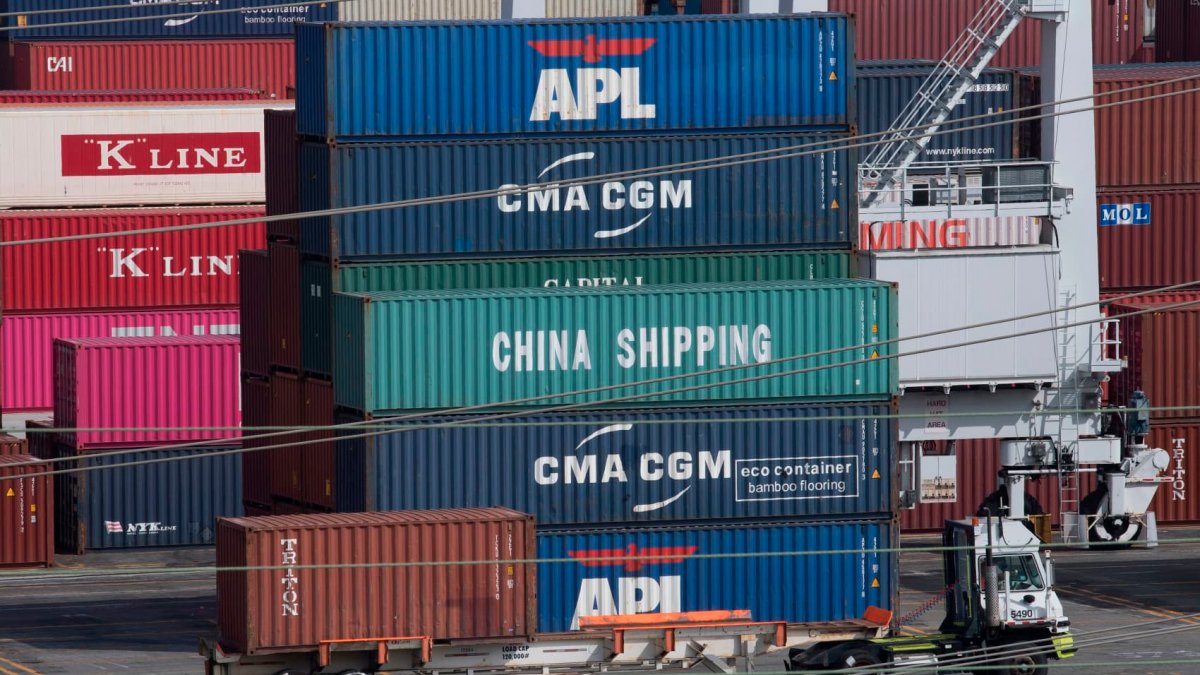Despite a 7.5% decline in cargo volume in September compared to the same month last year, the Port of Los Angeles closed out its third quarter with a total of 2.9 million twenty-foot equivalent units moved, one of its best quarters ever, officials announced today.
In total, the port processed 883,053 TEUs in September with loaded imports at 460,044 TEUs, a 7.6% decrease compared to September 2024. Loaded exports came in at 114,693 TEUs, and empty container units stood at 308,317 TEUs, approximately 10% less than last year.
Nine months into 2025, the port has handled a little more than 7.8 million TEUs, a 3% increase over the same period in 2024.
“As we’ve reported for the last few months, imports continued to outweigh American exports by a four-to-one ratio. This data reflects the real impact that ongoing trade negotiations are having on our agriculture sector,” Port of Los Angeles Executive Director Gene Seroka said.
Amid the roller coaster of the last six months, Seroka emphasized that what has remained constant at the port is the dedication and efficiency of waterfront workers and their logistics partners.
“As trade policy unfolds, we can only predict more unpredictability,” Seroka said in a statement. “When sweeping changes were first announced, importers abruptly stopped their orders from China. When those policies were softened and deadlines extended, cargo volume picked up again. The supply chain has been on a roller coaster all year and that ride continues.
“Approximately 20% of vessels that call at the Port of Los Angeles are China-made. Some cargo-handling equipment and cranes are also manufactured in China. Tariffs in one area tend to lead to rising prices in other segments, in the end, making goods more expensive,” Seroka added.
Last week, President Donald Trump announced a “100% across-the-board tariff” on imported goods from China, which he said would take effect Nov. 1.
The move comes as retailers, among other stakeholders, are just adapting to Trump’s previously announced 30% tariff on imported goods from China.
“Don’t worry about China, it will all be fine!” the president posted Sunday on Truth Social, his social media network.
In April, Trump threatened a 145% tariff on Chinese goods while China threatened a 125% tariff on American goods. The two nations later imposed tariffs at 30% and 10%, respectively, while they continued negotiations on a broader trade deal.
The president imposed tariffs ranging from 25% to 30% on other U.S. trading partners such as Japan, Korea, India, Mexico and Canada.
“It’s been a whirlwind, to say the least, and I’m not sure there are calm winds ahead just yet,” Seroka said.
Richard DiNucci, a senior international trade advisor and former U.S. Customs and Border Protection Director of Field Operations, joined Seroka to discuss the impacts of the federal government shutdown on global trade.
The shutdown entered its 15th day Wednesday. While there have been ripple effects across many sectors, Customs and Border Protection offices remain open and ports remain fully operational, Seroka noted.
DiNucci explained that people shouldn’t see too much of a change at ports of entry as a result of the shutdown.
“Containers still move. Seizures of contraband are still made. Passengers are still moving. Landing rights granted at airports. Cargo moving in express consignment facilities. Nothing really changes,” DiNucci said.
“Now with that said, I would be naive, and it would be rather inconclusive or some such to say that there is not an impact, there will be an impact,” he added. “These people are not being paid, and a lot of folks in the government sector go paycheck to paycheck, so they’ve got to stay focused at the same time they’re facing these challenges.”
DiNucci said he expects that some government services or responses will be delayed, even within customs.

